function transformations SUPER IMPORTANT FOR GRAPHING EVERY THING TRIG TO
1/27
Earn XP
Description and Tags
PHASE SHIFT
Name | Mastery | Learn | Test | Matching | Spaced |
|---|
No study sessions yet.
28 Terms
vertical shift
y=f(x)+d upward
f(x)-d downward
Shifting the graph verticaly d units
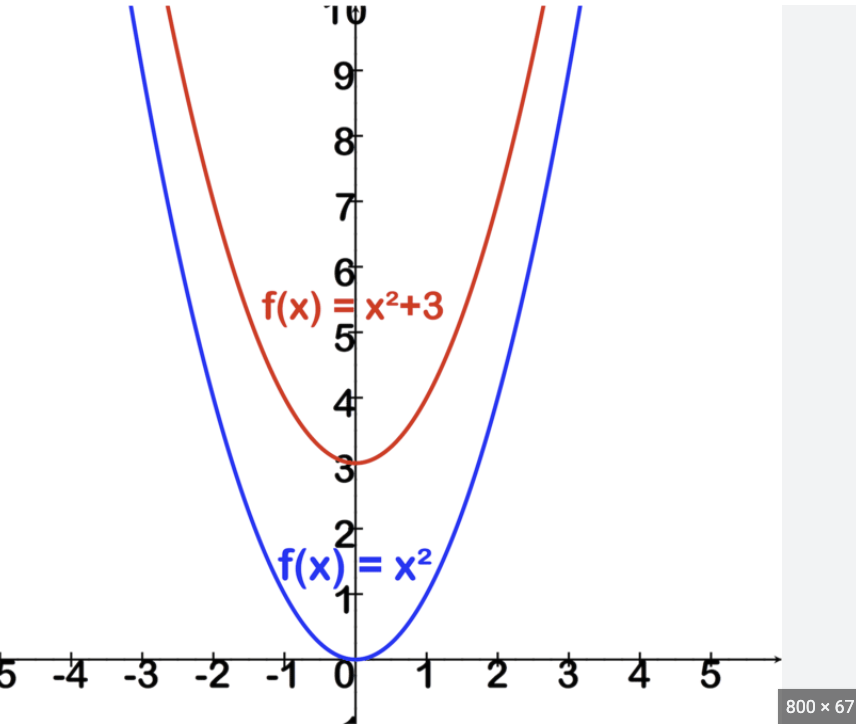
horizontal shift/ PHASE SHIFT SUPER IMPORTANT
example using trig
y = a sin (bx + c) + d
to get the horizontal shift which is
f(bx+c) you have to SET EQUAL TO ZERO AND SOLVE FOR X
bx+c=0
bx=-c
and then divide by B
get the PHASE SHIFT AS -C/B
You can also do it with normal functions
y=3(-x/3+1)²+2
set parenthesis equal to 0 and
-x/3+1=0
and get x= -3 so shift 3 units to the left
(left if c/b is positive, right if negative).
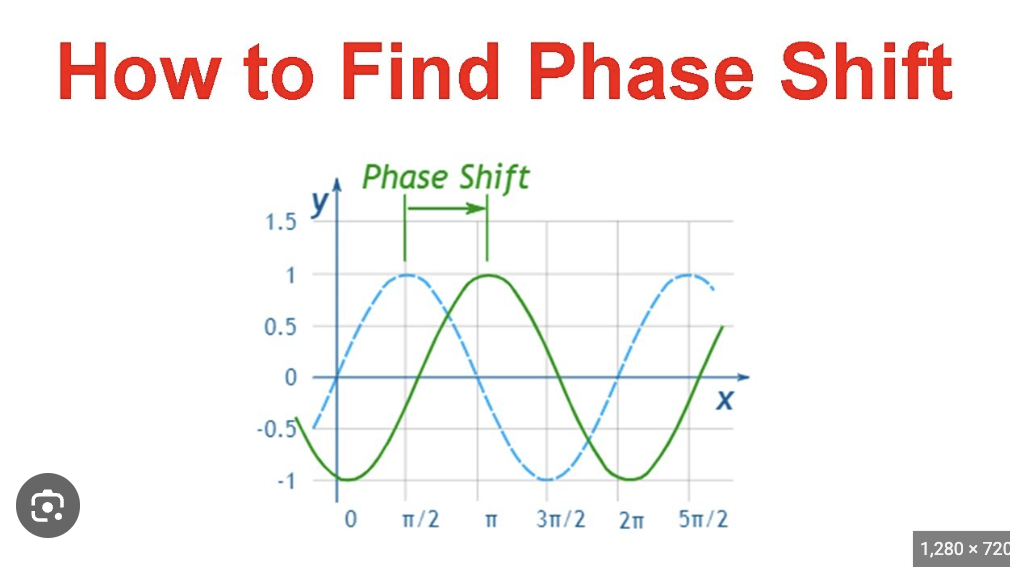
reflection on the y axis and reflection over x-axis
y=f(-x) Reflection over y-axis Reflection over y-axis is inside of the Parenthesis
y=-f(x) Reflection over x-axis Reflection over x-axis outside of parenthesis
Vertical stretch
af(x), where a>1. Vertical stretch by A away from the x-axis
So outside of the parenthesis and greater than 1

Vertical Shrink
af(x), where 0<a<1. Vertical shrink by 1/a toward the x-axis
So outside of the parenthesis and less than one but greater than 0 because negative is a reflection
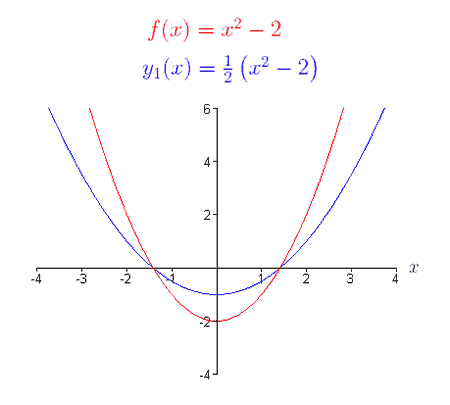
HARDEST PART IS HORIZONTAL STRETCH WEIRD PART ABOUT THEM
Horizontal Stretch different than VERTICAL
f(ax), where 0<a<1. Horizontal stretch by 1/a away from the y-axis
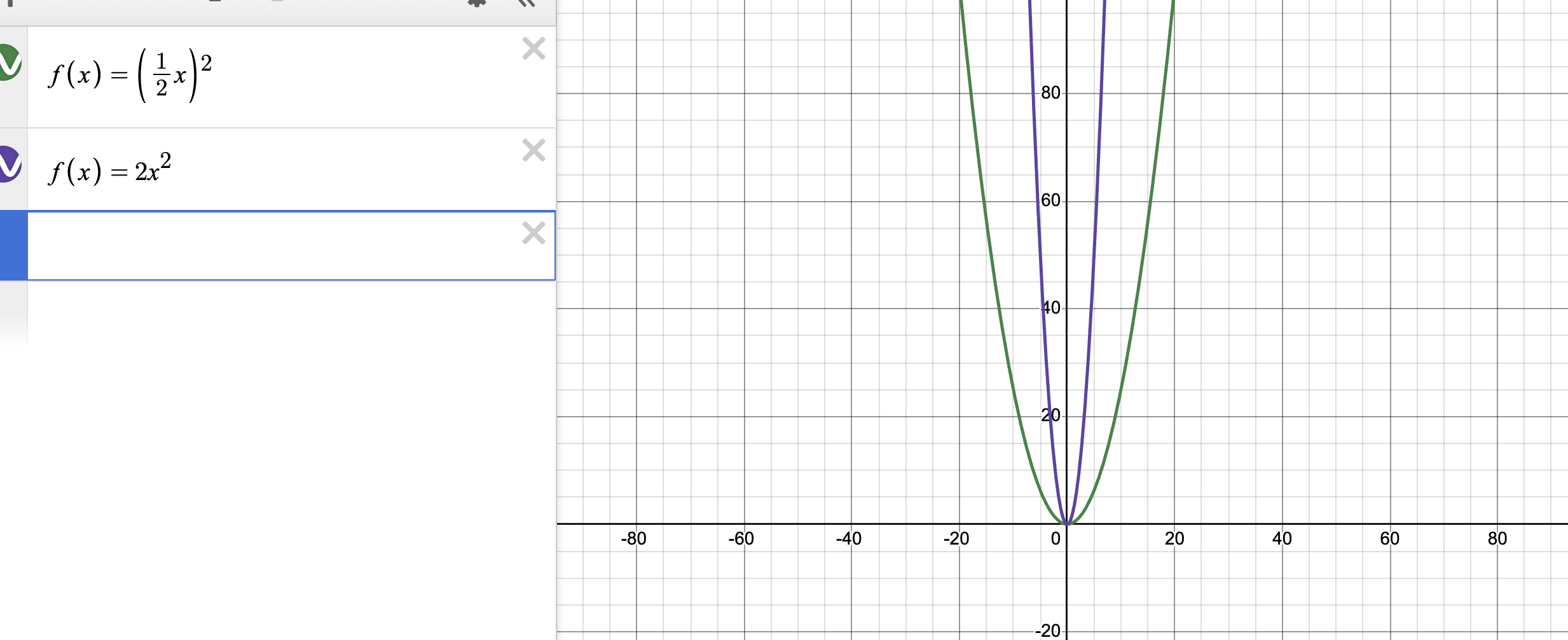
Horizontal Shrink different than VERTICAL
f(ax) where a>1 Horizontal shrink by 1/a toward the y-axis
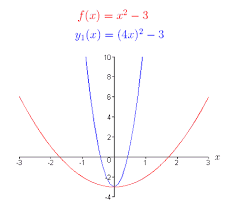
Why horizontal stretch and shrink different than vertical shrink and stretch
Vertical transformations affect the output (y-values) directly.
Stretch: Multiply the whole function by a number > 1 → graph gets taller.
Example: y=2f(x)y = 2f(x)y=2f(x) → y-values double.
Shrink: Multiply by a number between 0 and 1 → graph gets shorter.
Example: y=0.5f(x)y = 0.5f(x)y=0.5f(x) → y-values cut in half.
Horizontal transformations affect the input (x-values) inside the function.
Shrink: Multiply x by a number > 1 → graph grows faster → graph gets “skinnier.”
Example: y=f(4x)y = f(4x)y=f(4x) → smaller x-values reach the same y.
Stretch: Multiply x by a number between 0 and 1 → graph grows slower → graph gets “wider.”
Example: y=f(0.5x)y = f(0.5x)y=f(0.5x) → larger x-values needed to reach same y.
Why they are opposite:
Vertical changes move the graph up/down directly.
Horizontal changes move the graph left/right by changing how fast you reach the same y-values.
So a big number outside = taller (stretch), but a big number inside = faster growth → compressed (shrink).
x-axis
y=0
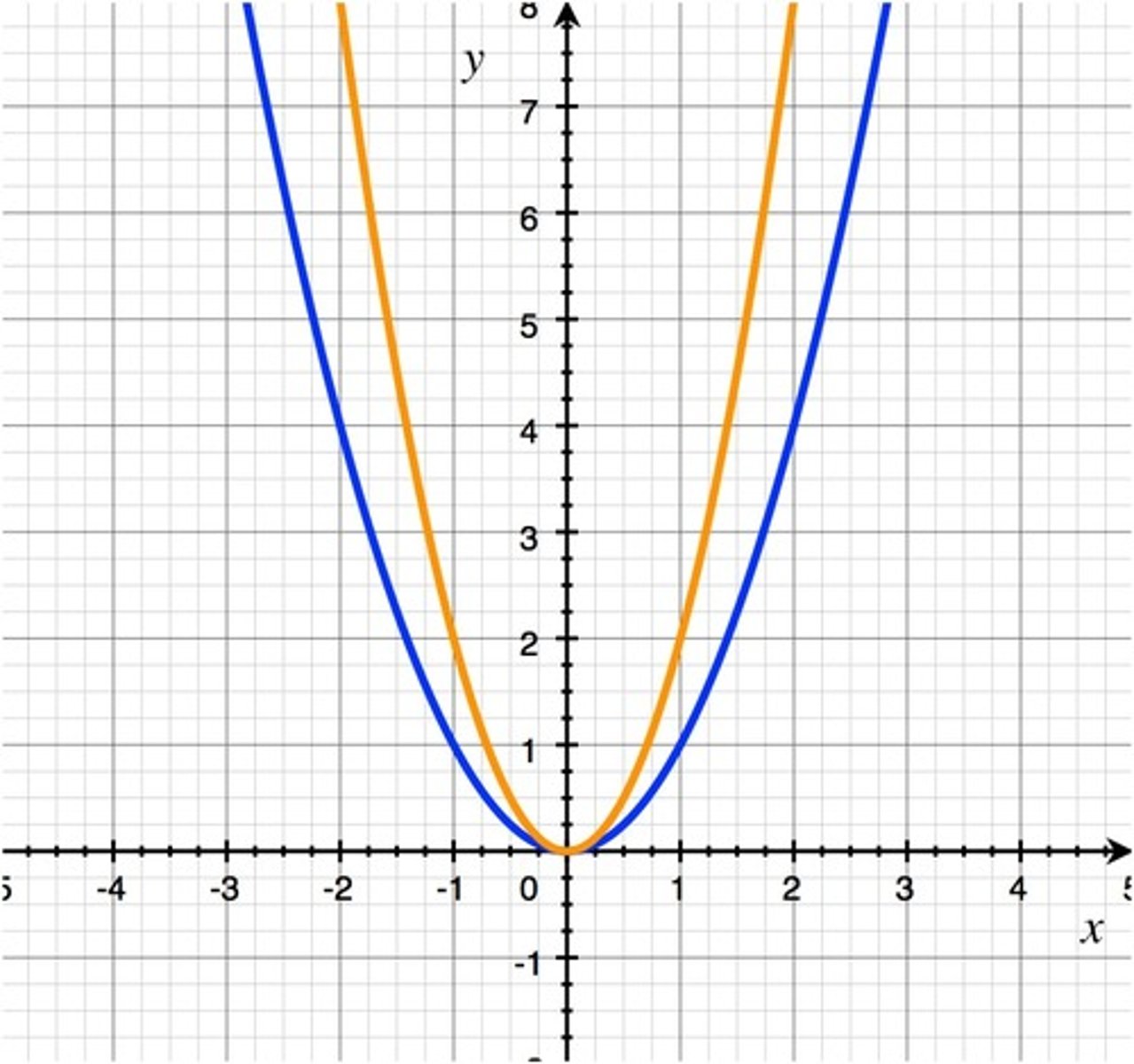
y-axis
x=0
Translation
A shift of a graph horizontally, vertically, or both, which results in a graph of the same shape and size, but in a different position.
Reflection
A flipping of graph of a function across a horizontal or vertical line that results in a graph with the same shape and size.
In an exponential function, f(x)=A*b^(Bx-C)+D, this value determines how far the graph shifts left and right.
C-value
In an exponential function, f(x)=A*b^(Bx-C)+D, this value determines how far the graph shifts up and down.
D-value
In an exponential function, f(x)=A*b^(Bx-C)+D, when this value is negative, the graph reflects across the x-axis.
A-value
In an exponential function, f(x)=A*b^(Bx-C)+D, when this value is negative, the graph reflects across the y-axis.
B-value
Write the function notation for the transformation from the parent function
f(x)=2^(x-3)
f(x-3)
Write the function notation for the transformation from the parent function
f(x)=2^(x+3)-2
f(x+3)-2
Write the function notation for the transformation from the parent function
f(x)=2^(x-3)+2
f(x-3)+2
Write the function notation for the transformation from the parent function
f(x)=2^(x)+2
f(x)+2
Write the function notation for the transformation from the parent function
f(x)=2^(-x-3)
f(-x-3)
Write the function notation for the transformation from the parent function
f(x)=-2^(x-3)
-f(x-3)
Write the function notation for the transformation from the parent function
f(x)=-2^(x)-2
-f(x)-2
Write the function notation for the transformation from the parent function
f(x)=-2^(x)+2
-f(x)+2
Write the function notation for the transformation from the parent function
f(x)=-2^(x+3)+2
-f(x+3)+2
Write the function notation for the transformation from the parent function
f(x)=2^(-x+3)+2
f(-x+3)+2
Write the function notation for the transformation from the parent function
f(x)=2^(-x-3)+2
f(-x-3)+2